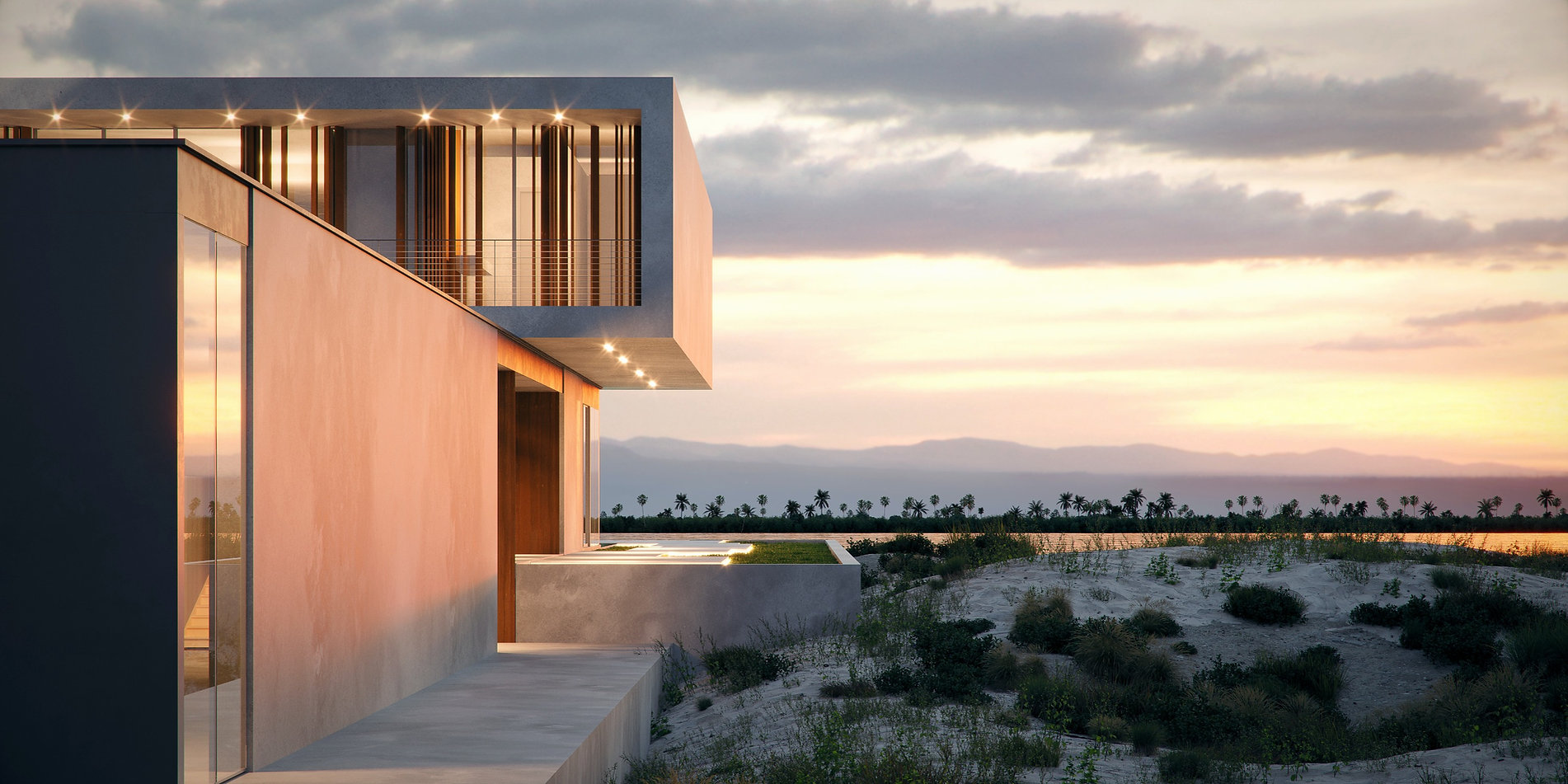Miami architecture has been at the forefront of Chic and Nouveau since its inception dating back to Carl Fisher and his dreams of what top residential architects in Miami would be. Its newness and bold look has been evident through the eras, never the same, always changing and ever adapting to its surroundings. Its visual difference is unlike any other city and noticeable from building to building and its skyline forms a kaleidoscope of innovative style which is candy to our eyes creating an ambiance of function and pleasure for those who live there and for the tourist Mecca it has become.
In its palm fringed avenues with scantily dressed residents Miami has become the dream commission of world known designers particularly in the downtown and beach areas. The buildings are lively with airy and spacious connections becoming world renown and are constantly reinventing themselves while holding on to its cultural influence.
Carl Fisher got the credit for Miami Beaches’ adaptation of Mediterranean architecture and soon after architects influenced by the Art Deco movement of Europe moved to the Magic city to apply their designs to the tropical feel and look of the city. The buildings became streamlined with a nautical flair that accompanied the sea, sun and surf. The hum drum of the past was out and the new and bold became its signature. The materials of the past were put aside for a newer and lighter look with the use of Stucco, Terrazzo and glass to name a few.
From the Mangrove swamps and Palm, Pine, and live Oak forests Miami was transformed into a visual paradise dreamed up from the minds of innovative and forward thinking designers willing to let go of the norm. Miami’s architecture was not only functional but became visually sensual to enjoy at every turn which brought tourists in by the millions creating its well known pedestrian atmosphere.
Recently Miami’s architecture with its resident icons, the Fontainebleau Hotel and the Eden Roc were renamed – MiMo – for Miami Modern. But in this modern age of travel and easy access too many destinations, and the economical collapse of the 70’s and 80’s Miami lost its luster and some of its influence. In the late 70’s Miami’s Art Deco district of the past was put on the National Historic Registry and the area was restored to prominence making it Chic and shifting thought back to the Magic City, once again bringing back people and value to the once forlorn area which had fallen into decay.
Thanks in part to a new visually vibrant television show called “Miami Vice” that featured Miami as its backdrop, the city was revitalized and it brought back relevance and international attention, and the people came running to Miami once again.
Pastel colored buildings and mirrored towers became what people thought of when they thought of Miami. It was edgy and experimental and a pleasure for everyone to gazed upon it.
But the Magic Cities architecture wasn’t done, and through the 80’s and 90’s it was evolving once again and a big push to designate more areas as Historical was made and eventually named 11 more as such.
Miami is a city which has always put civic pride first, thus designers have incorporated the indoors with the outdoors. Many world famous architectural firms such as Herzog and de Meuron to name one have helped change the landscape and look of the Magic City. For years the city committed itself to reclaiming public spaces like Lincoln Road in Miami Beach which became an outdoor living area for people to enjoy shopping while connecting with Mother Nature.
Downtown Miami’s effervescent skyline meshed residential buildings with its multifaceted cultural makeup making it a place to enjoy with all your senses and a true one of a kind destination.
The Miami art Museum is a great example of innovative design and is scheduled to open in 2013. It has incorporated large balconies with spacious outdoor spaces and multiple levels adding once again to the wonders of the city’s innovative designers making it unique in a world of copycat designers.
The economic crisis which has gripped the world today has made waterfront properties which were once out of reach viable for purchase and developing, and Miami has become a prime location for developers again.
A Malaysian firm recently purchased the land surrounding the Miami Herald building and is planning on creating a 3 billion dollar complex which will once again change the face of the Magic City in a new, innovative, and eye catching way incorporating residential, shopping, and public areas on the waterfront with spectacular views of the city and ocean beyond.


